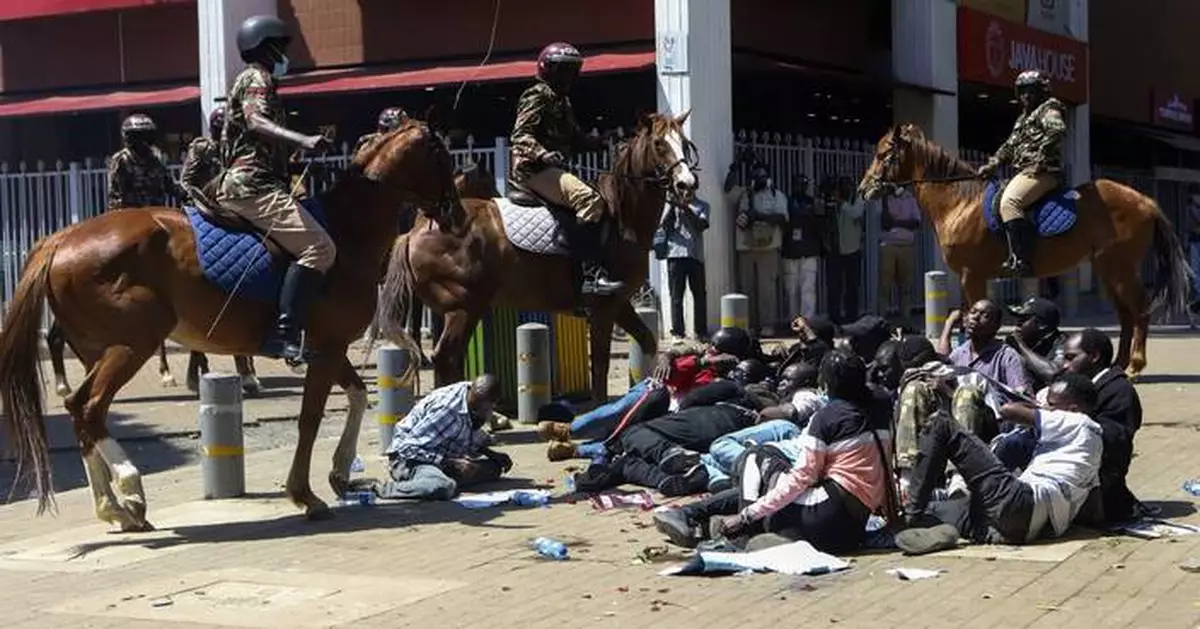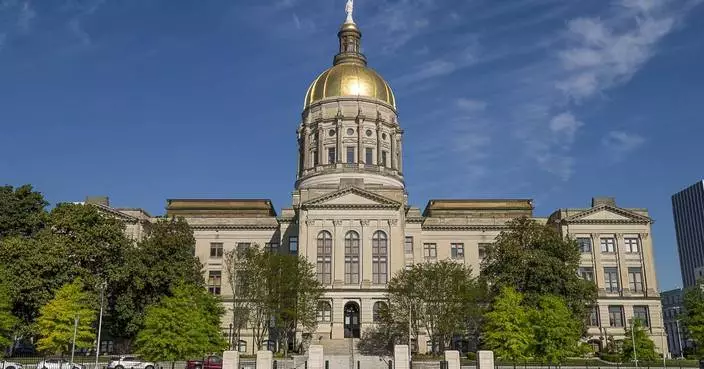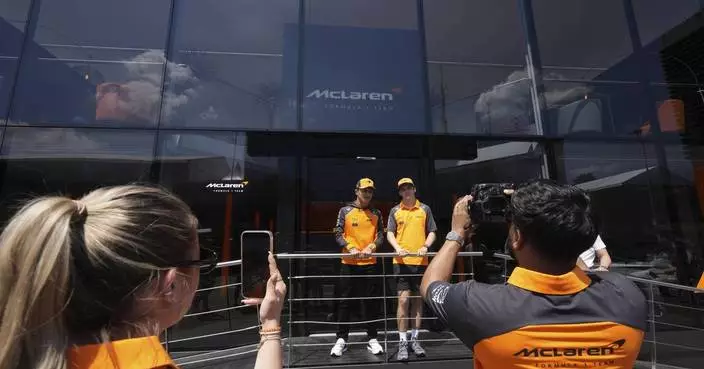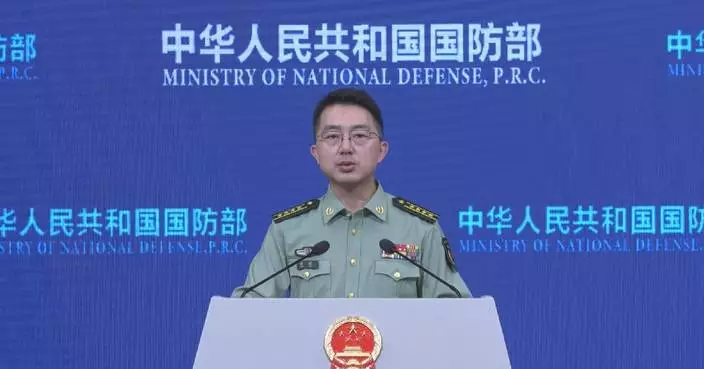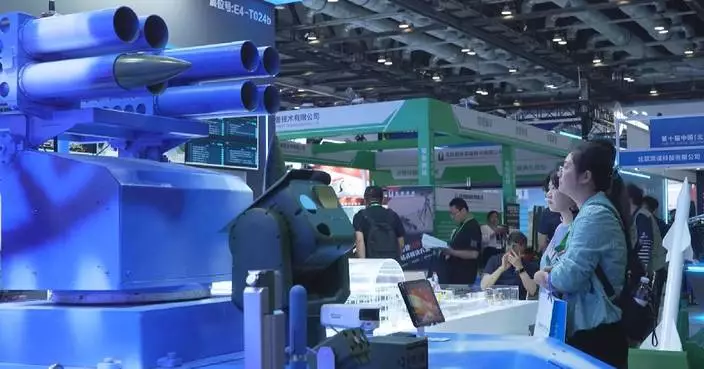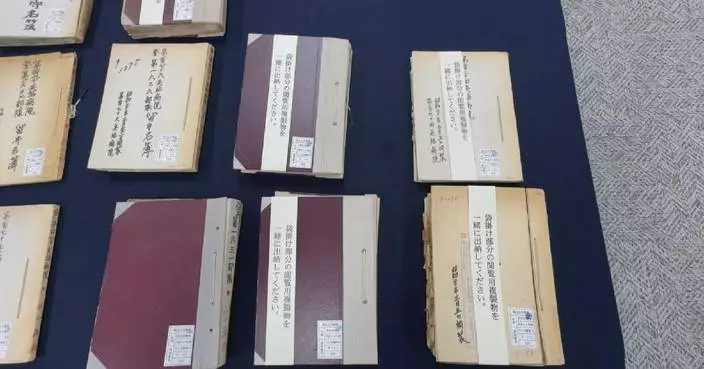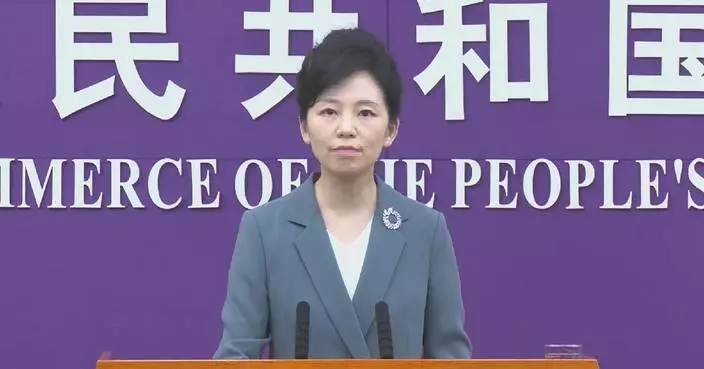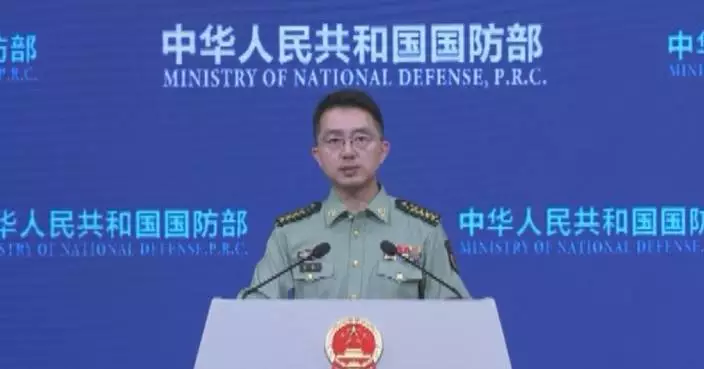NAIROBI, Kenya (AP) — An opposition politician and several other protesters were arrested in Kenya on Monday during street demonstrations calling for an end to alleged abductions, that recently targeted young government critics.
Senator Okiya Omtatah had joined hundreds of protesters who sat down on the streets of the capital, Nairobi while chanting that police should free seven people abducted this month.
Police hurled tear gas canisters at the protesters and when Omtatah and several others did not disperse and held on to a long chain, they were arrested.
The Kenya National Commission on Human Rights on Thursday raised concern over a growing number of alleged kidnappings of government critics, saying that the total number of such cases stands at 82 since the anti-government protests in June.
President William Ruto on Saturday said the government would stop the abductions so that young people live in peace.
Rights groups allege the country’s police force is behind such kidnappings, but police have denied involvement and have said that they are investigating the disappearances.
Senator Omtatah on Monday filed a case at the High Court in Nairobi seeking to compel the government to free seven youths, accusing the police of abducting them.
“If they have committed a crime, let them be prosecuted and presented in court to defend themselves,” he said.
Young protesters said they were in solidarity with those abducted while going about their daily lives.
“We are existing at a time where we have to live in fear,” a protester, Orpah Thabiti said.
Four social media users went missing after they shared AI-generated images of President Ruto that were deemed offensive by government supporters.
The rights commission had warned that Kenya was heading back to the “dark days” of the disappearance of government critics. The abduction and torture of the opposition were common under the administration of the late President Daniel Moi.

Police arrest protesters who have chained themselves during protests against abductions in Nairobi, Kenya, Monday, Dec. 30, 2024. AP Photo/Andrew Kasuku)

A man lies down on the ground after being tear-gassed by police during a protests against abductions dubbed "End Protests" in Nairobi, Kenya, Monday, Dec. 30, 2024. (AP Photo/Andrew Kasuku)
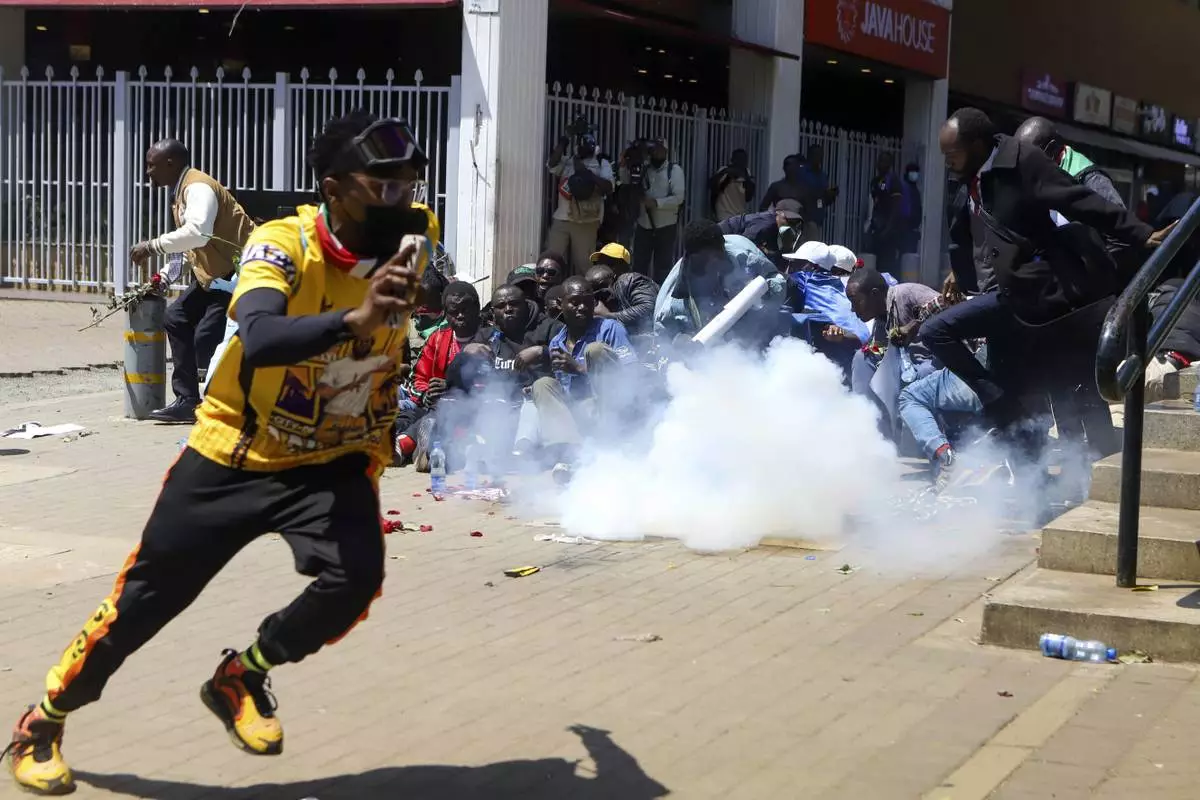
A man reacts after being tear-gassed by police during protests against abductions dubbed 'EndProtests' in Nairobi, Kenya, Monday, Dec. 30, 2024. (AP Photo/Andrew Kasuku)
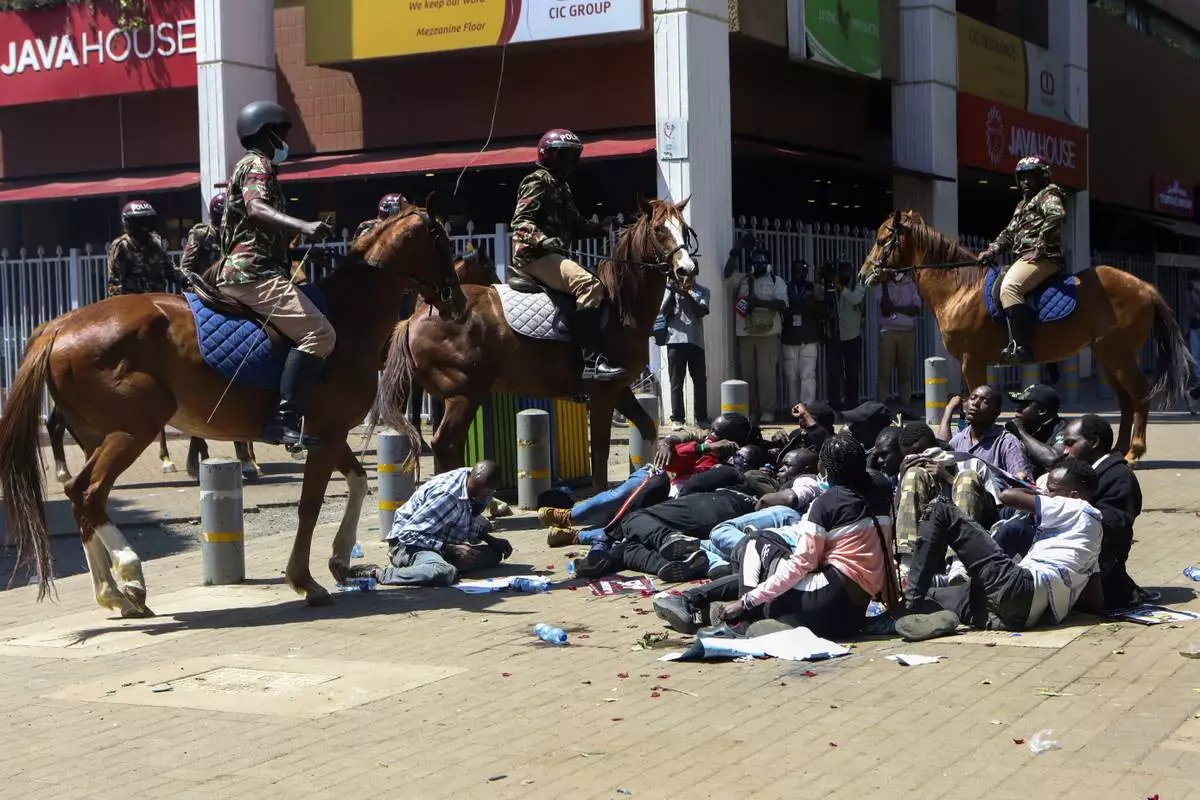
Police on horses surround protesters during protests against abductions in Nairobi, Kenya, Monday, Dec. 30, 2024. AP Photo/Andrew Kasuku)
New Jersey Transit train engineers went on strike Friday, leaving an estimated 350,000 commuters in New Jersey and New York City to seek other means to reach their destinations or consider staying home.
The walkout comes after the latest round of negotiations on Thursday didn’t produce an agreement. It is the state’s first transit strike in more than 40 years and comes a month after union members overwhelmingly rejected a labor agreement with management.
“We presented them the last proposal; they rejected it and walked away with two hours left on the clock," said Tom Haas, general chairman of the Brotherhood of Locomotive Engineers and Trainmen.
NJ Transit CEO Kris Kolluri described the situation as a “pause in the conversations.”
“I certainly expect to pick back up these conversations as soon as possible,” he said late Thursday during a joint news conference with New Jersey Gov. Phil Murphy. “If they’re willing to meet tonight, I’ll meet them again tonight. If they want to meet tomorrow morning, I’ll do it again. Because I think this is an imminently workable problem. The question is, do they have the willingness to come to a solution.”
Murphy said it was important to “reach a final deal that is both fair to employees and at the same time affordable to New Jersey’s commuters and taxpayers.”
"Again, we cannot ignore the agency’s fiscal realities,” Murphy said.
NJ Transit — the nation’s third-largest transit system — operates buses and rail in the state, providing nearly 1 million weekday trips, including into New York City. The walkout halts all NJ Transit commuter trains, which provide heavily used public transit routes between New York City’s Penn Station on one side of the Hudson River and communities in northern New Jersey on the other, as well as the Newark airport, which has grappled with unrelated delays of its own recently.
The agency had announced contingency plans in recent days, saying it planned to increase bus service, but warned riders that the buses would only add “very limited” capacity to existing New York commuter bus routes in close proximity to rail stations and would not start running until Monday. The agency also will contract with private carriers to operate bus service from key regional park-and-ride locations during weekday peak periods.
However, the agency noted that the buses would not be able to handle close to the same number of passengers — only about 20% of current rail customers — so it urged people who could work from home to do so if there was a strike.
Even the threat of it had already caused travel disruptions. Amid the uncertainty, the transit agency canceled train and bus service for Shakira concerts Thursday and Friday at MetLife Stadium in New Jersey.
The parties met Monday with a federal mediation board in Washington to discuss the matter, and a mediator was present during Thursday’s talks.
Wages have been the main sticking point of the negotiations between the agency and the Brotherhood of Locomotive Engineers and Trainmen that wants to see its members earn wages comparable to other passenger railroads in the area. The union says its members earn an average salary of $113,000 a year and says an agreement could be reached if agency CEO Kris Kolluri agrees to an average yearly salary of $170,000.
NJ Transit leadership, though, disputes the union’s data, saying the engineers have average total earnings of $135,000 annually, with the highest earners exceeding $200,000.
The union has seen steady attrition in its ranks at NJ Transit as more of its members leave to take better-paying jobs at other railroads. The number of NJ Transit engineers has shrunk from 500 several months ago to about 450 today.
Associated Press reporter Hallie Golden in Seattle contributed to this report.
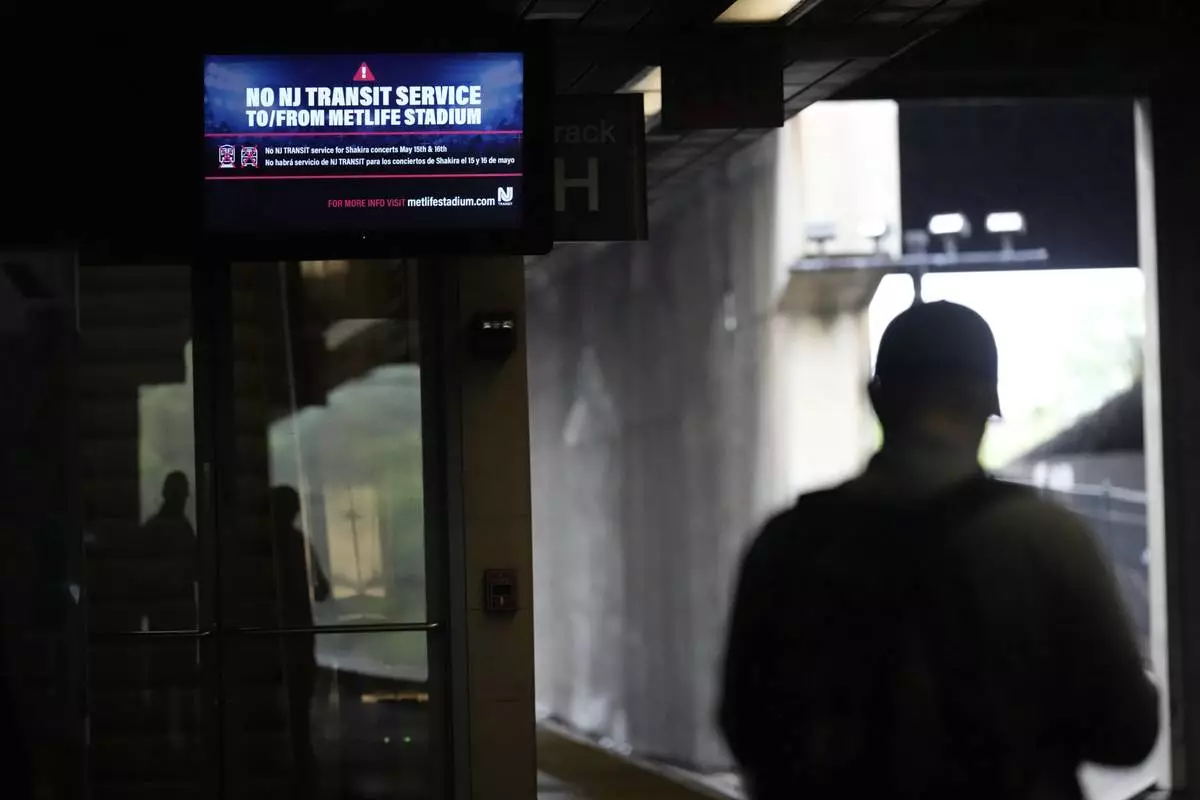
An electronic display advises commuters of NJ Transit service disruptions at the Secaucus Junction station in Secaucus, N.J., Wednesday, May 14, 2025. (AP Photo/Seth Wenig)

An electronic display advises commuters of potential NJ Transit service disruptions at the Secaucus Junction station in Secaucus, N.J., Wednesday, May 14, 2025. (AP Photo/Seth Wenig)

An electronic display advises commuters of NJ Transit service disruptions at the Secaucus Junction station in Secaucus, N.J., Wednesday, May 14, 2025. (AP Photo/Seth Wenig)

An NJ Transit train pulls into the Secaucus Junction station in Secaucus, N.J., Wednesday, May 14, 2025. (AP Photo/Seth Wenig)

An electronic display advises commuters of potential NJ Transit service disruptions at the Secaucus Junction station in Secaucus, N.J., Wednesday, May 14, 2025. (AP Photo/Seth Wenig)






